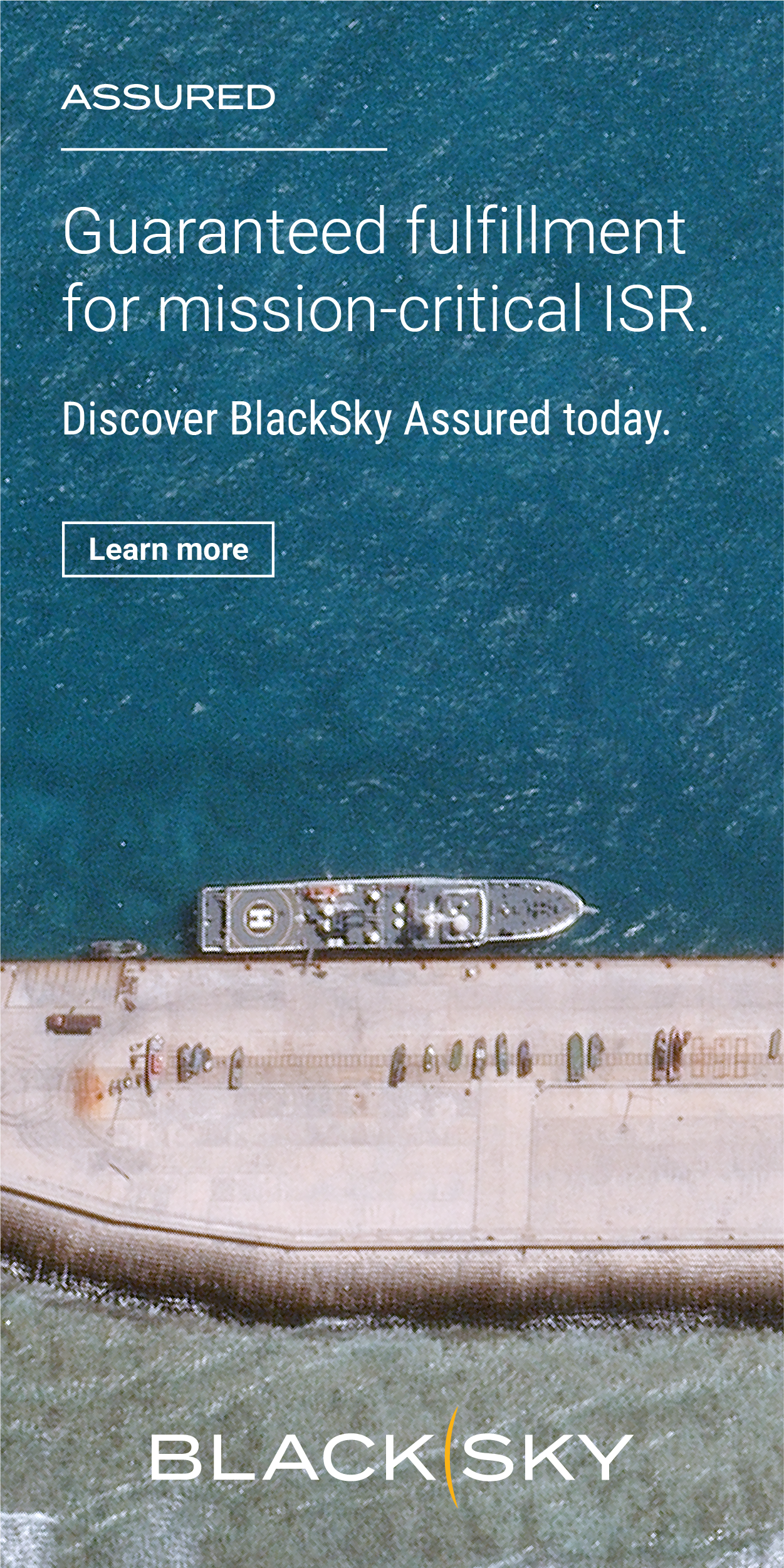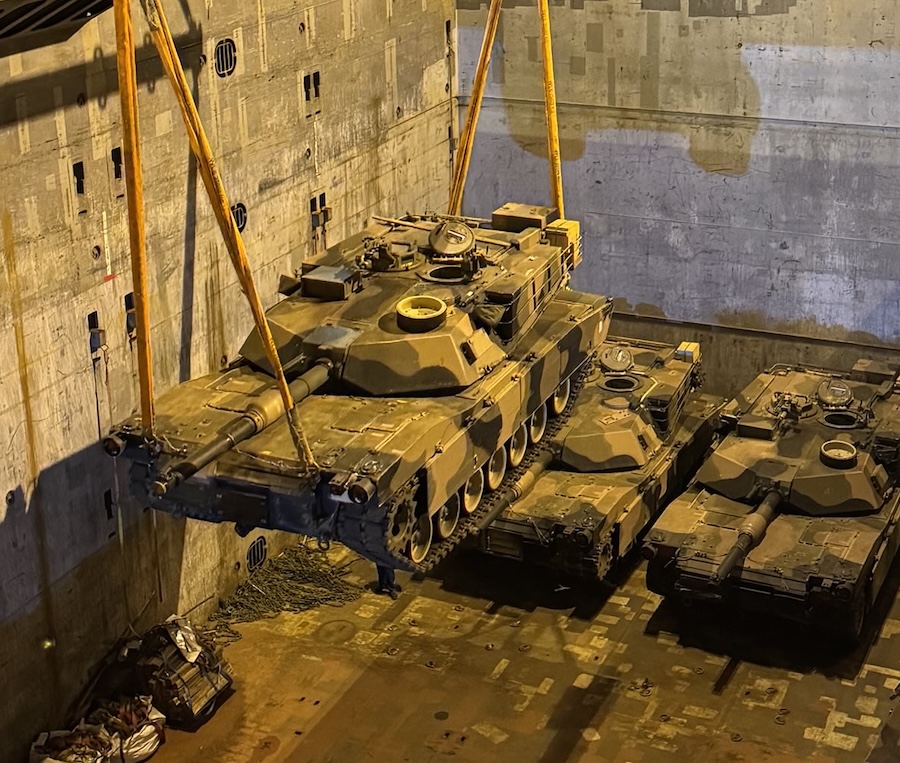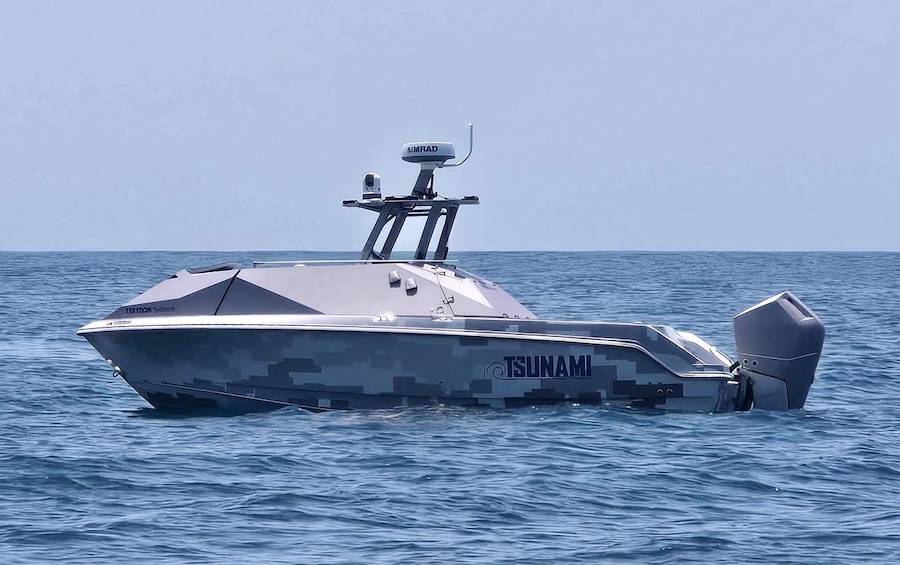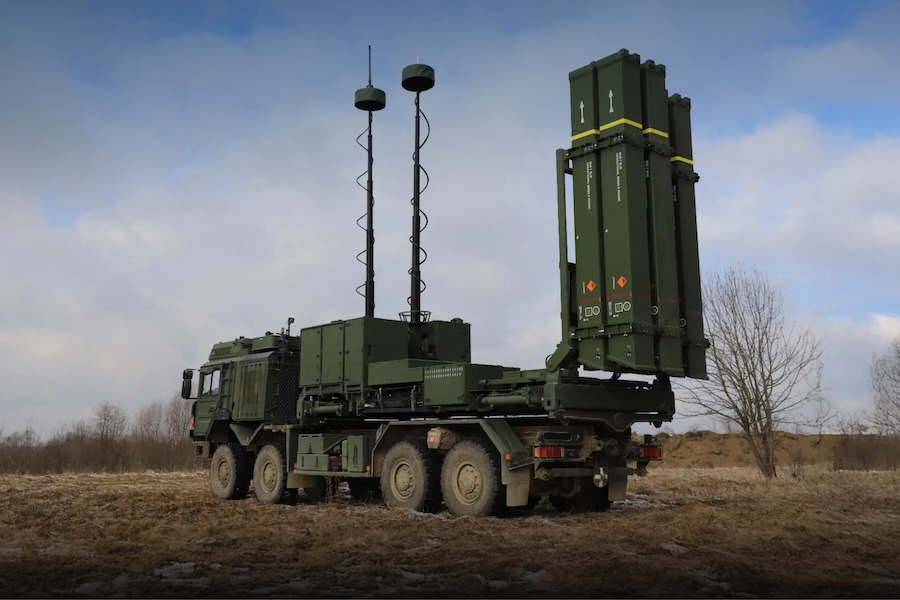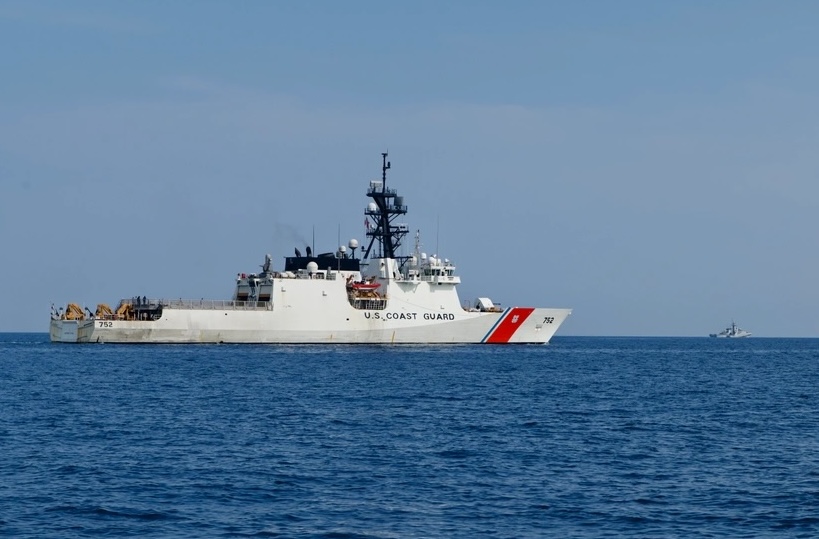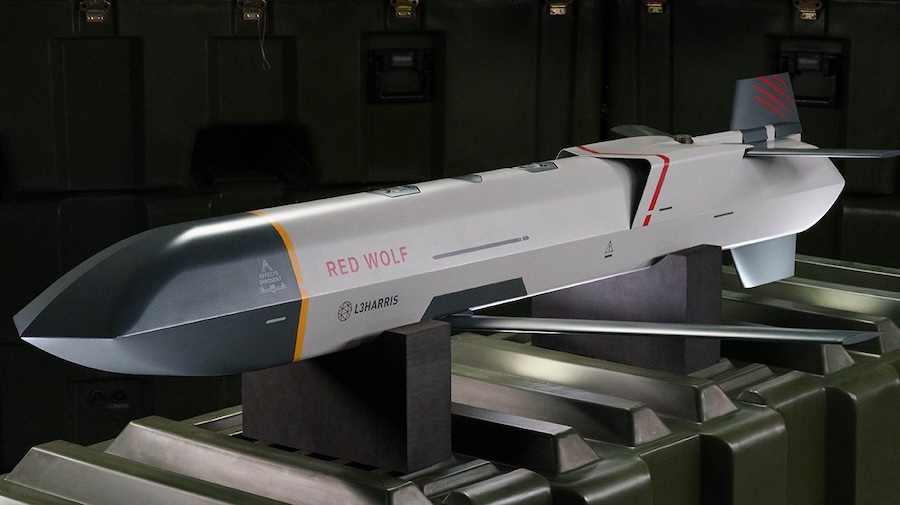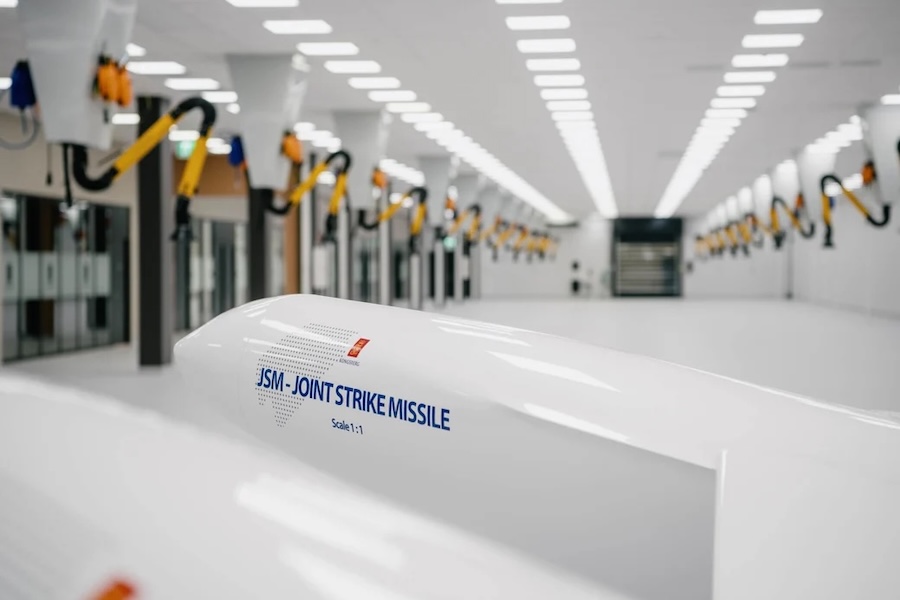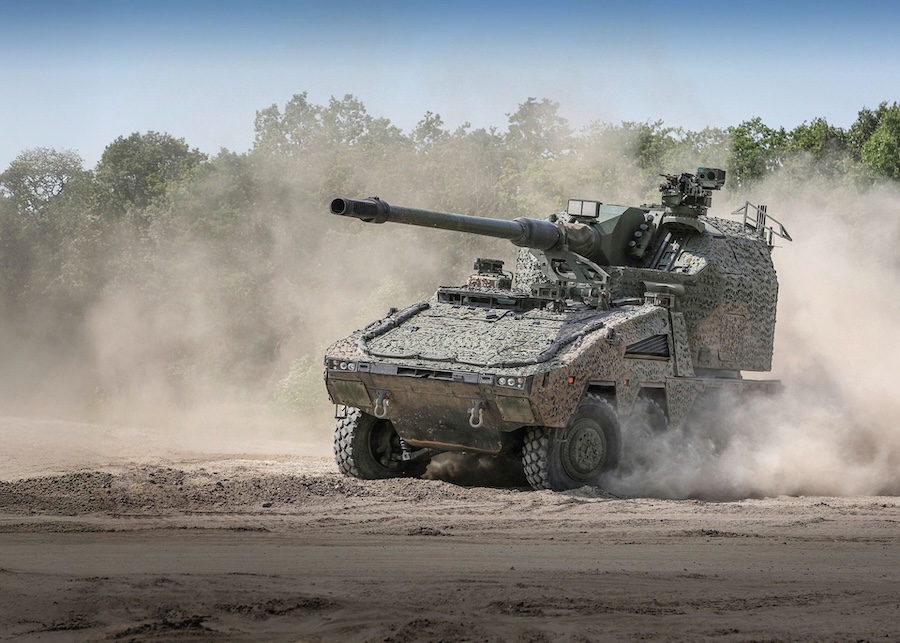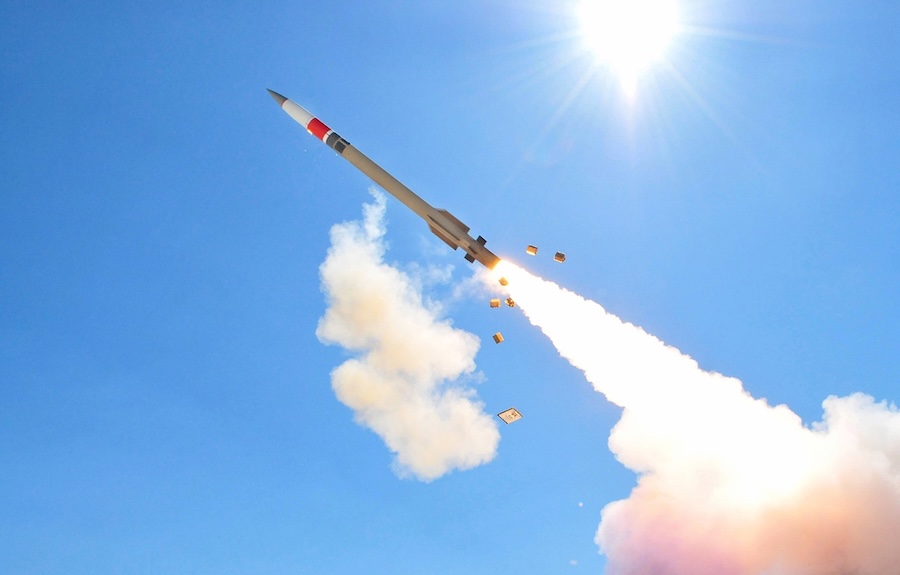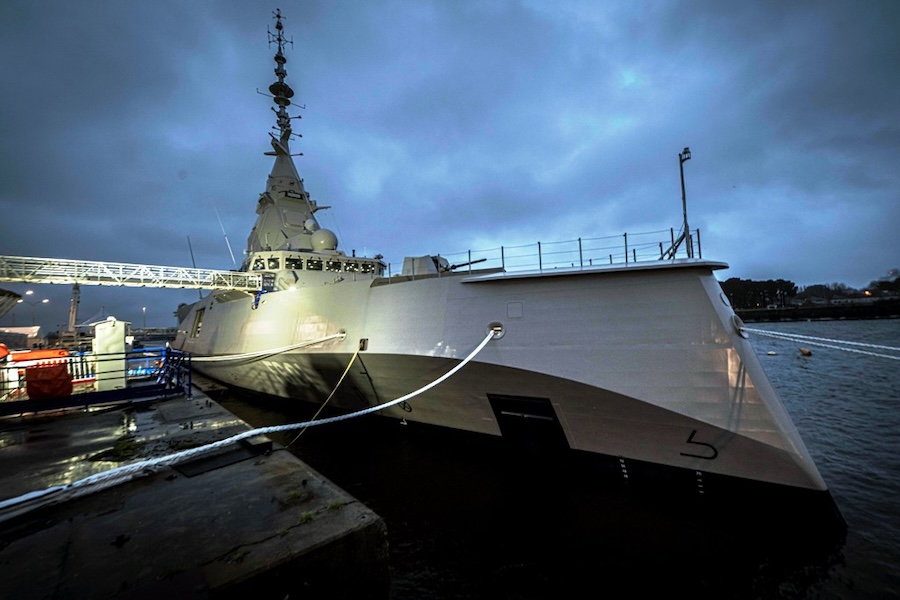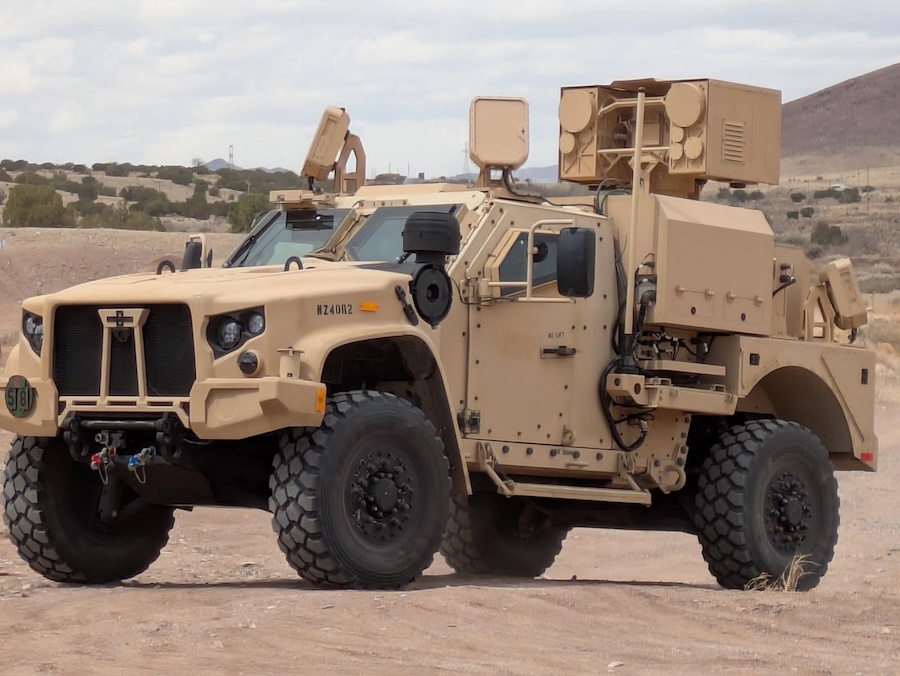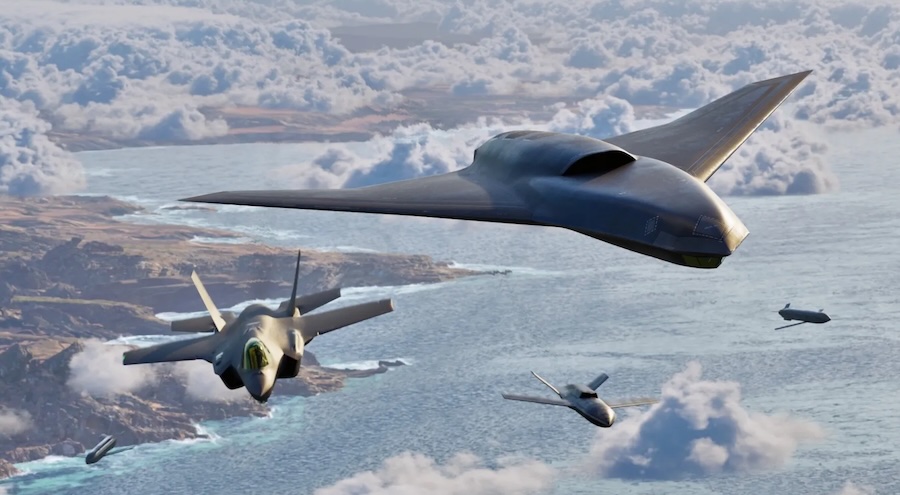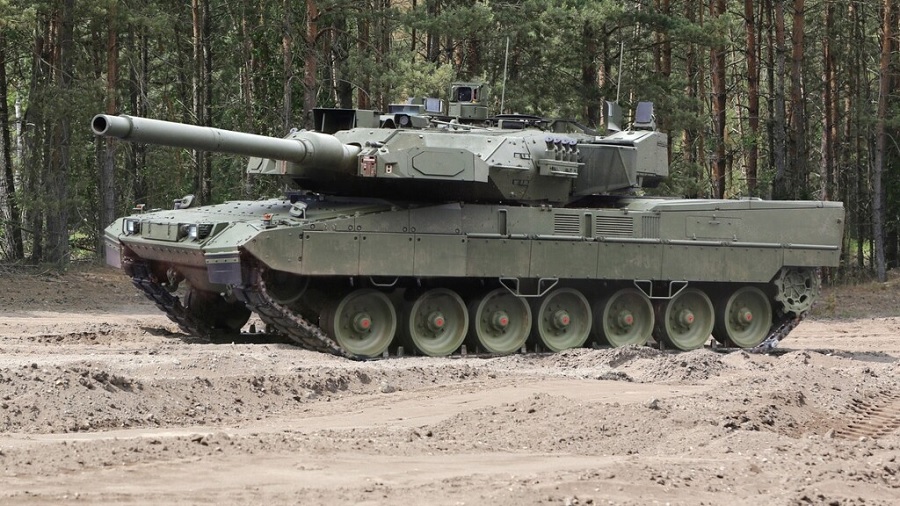Conducted on 23 June 2025, the trial took place over the northern Pacific Ocean, where a target developed by MDA was air-launched and flew more than 2,000 kilometres off the southern coast of Alaska. The LRDR, stationed at Clear Space Force Station, Alaska, successfully acquired, tracked, and reported missile target data to the Command and Control Battle Management and Communications (C2BMC) system.
“This was a key test in the development of the LRDR system and its integration into the C2BMC network,” said Lt. Gen. Heath Collins, Director of the MDA. “LRDR will provide USNORTHCOM and the United States Space Force with the ability to precisely track ballistic missile threats as well as other space objects, advancing our ability to deter adversaries and bolster our homeland missile defense.”
The LRDR operated alongside the Upgraded Early Warning Radar (UEWR) at Clear Space Force Station. Sensor data from both systems was transmitted to support a simulated engagement by the Ground-Based Midcourse Defense (GMD) system, a key component of U.S. homeland missile defence.
Rick Cordaro, vice president of Lockheed Martin’s Radar and Sensor Systems, highlighted the technical achievement. “Deterrence begins with detection, and the successful FTX-26a demonstration underscored LRDR’s ability to detect and track threats at extended ranges, while accurately distinguishing between targets and non-targets,” he said.
“This technical advancement will significantly bolster our nation’s deterrence capabilities, providing a game-changing asset for homeland defense,” Cordaro added. “With its open architecture, LRDR will facilitate the seamless integration of emerging technologies and software, enabling warfighters to receive timely, actionable information for decision-making and drives rapid response.”
According to MDA, initial indications show that LRDR, C2BMC, and the GMD Fire Control system met mission requirements during the test. Programme officials will now continue evaluating performance data gathered from telemetry and other technical sources.
FTX-26a also supports the operational assessment of LRDR and validates its modelling and simulation capabilities. The test confirmed LRDR’s capacity to deliver crucial tracking and discrimination functions in complex threat environments, reinforcing its future role in the layered missile defence architecture of the United States.






